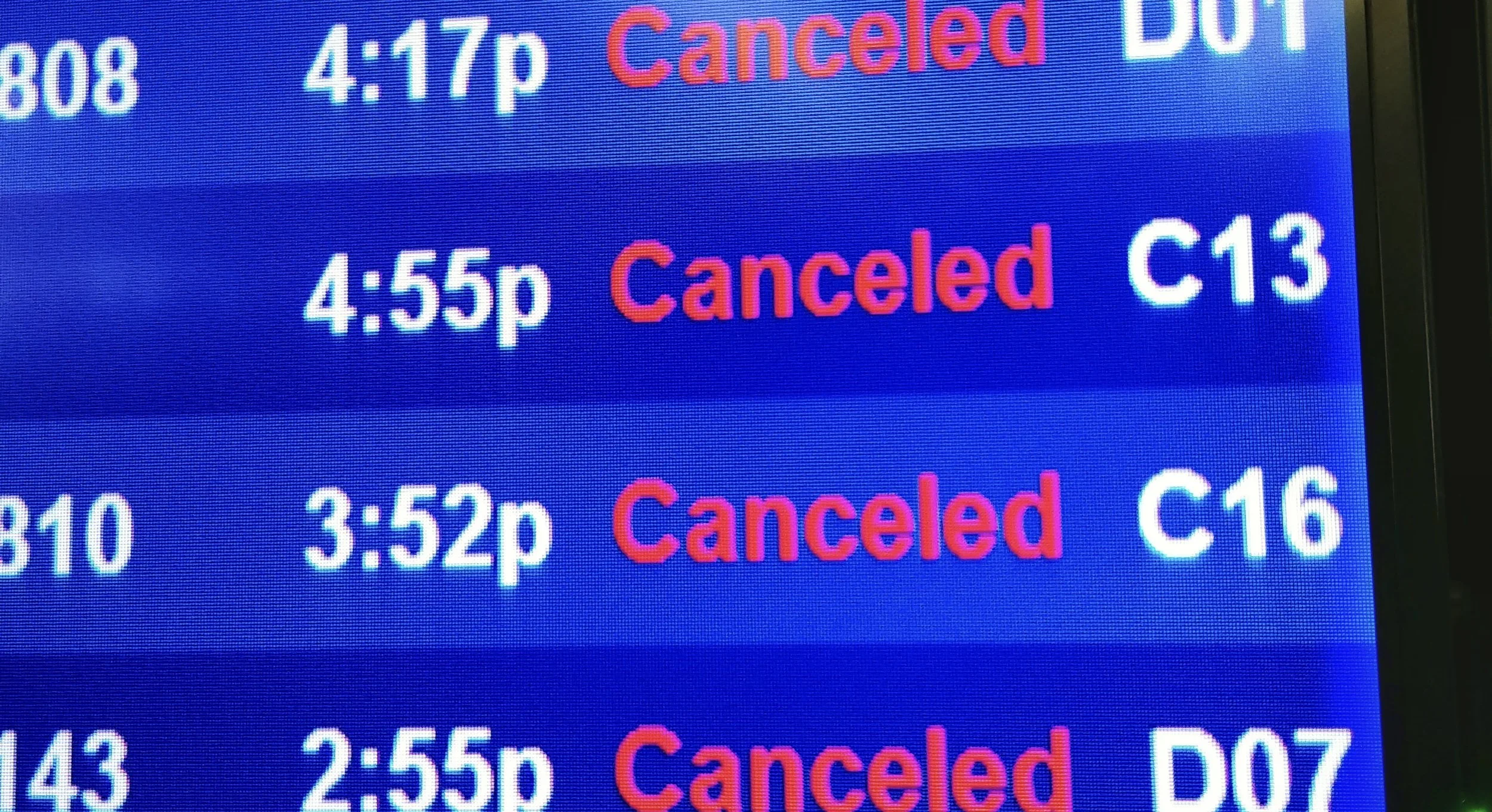Why International Travelers Are Avoiding the United States in 2025—and Why the Decline Will Get Worse
A primary concern frequently mentioned by international travelers is safety in the United States
The United States, once considered the pinnacle of travel dreams for many international tourists, is facing a steep and accelerating decline in global visitorship in 2025. Once top-ranked among the world’s most visited countries, the U.S. is seeing tourists opt for more welcoming, affordable, and stable destinations elsewhere. From tightening visa rules and safety concerns to political polarization and economic unpredictability, here’s why fewer people are visiting—and why the trend isn’t reversing anytime soon.
The decline in international tourism to the United States is a complex result of policy, perception, safety, and cost. With more traveler-friendly nations stepping up their tourism strategies and offering easier, safer, and more affordable experiences, the U.S. is losing its competitive edge. Unless there is a dramatic shift in travel policies, political climate, and international diplomacy, the downward trend in global visitorship is likely to continue well beyond 2025.
1. Tougher Visa and Entry Policies
Since 2024, the U.S. has reinstated stricter visa requirements under renewed Trump-era immigration and border policies. Many travelers report more frequent visa denials, longer processing times, and harsher screenings at ports of entry. According to the U.S. Travel Association, inbound international travel is expected to drop by nearly 12% in 2025 due to visa-related barriers alone.
Countries like Canada, Japan, and Portugal offer easier and friendlier entry experiences, which increasingly appeal to tourists looking to avoid bureaucratic hassles. The European Travel Commission reported a sharp rise in tourism to EU countries from markets that historically favored the U.S., such as Brazil and India.
2. Safety and Gun Violence Concerns
One of the most cited concerns from foreign travelers is safety—particularly gun violence. In 2023 alone, the U.S. reported over 650 mass shootings, and global media coverage has amplified fears among potential tourists. A 2024 survey from Morning Consult revealed that 52% of international respondents consider the U.S. a “risky” or “dangerous” travel destination due to gun violence.
In contrast, countries like Japan, New Zealand, and much of Europe are perceived as far safer, offering peace of mind to families and solo travelers.
3. Rising Costs and Economic Uncertainty
With inflation still high and the introduction of new tariffs under the Trump administration in 2025, the U.S. has become one of the most expensive countries for international visitors. Airline tickets, hotel stays, dining, and rental car rates have all surged. According to Skyscanner and Expedia data, roundtrip airfare to the U.S. has increased by over 22% compared to 2019 levels.
Travelers are instead heading to destinations that offer better value, such as Mexico, Southeast Asia, and Eastern Europe, where they can enjoy high-quality experiences at a fraction of the cost.
4. Negative Political Climate and International Perception
The political polarization and resurgence of divisive rhetoric under the 2025 Trump administration have led to a drop in America’s image abroad. Pew Research Center reports that global favorability ratings for the U.S. have declined sharply among key allies like Germany, Canada, and the UK.
International travelers are increasingly choosing destinations aligned with values of openness, inclusivity, and environmental stewardship. The perception of the U.S. as politically unstable or hostile to outsiders deters leisure and business visitors alike.
5. Environmental and Climate Policy Criticism
As sustainability becomes a key driver in travel decisions, the U.S. has fallen behind. Weak environmental regulations, withdrawal from global climate agreements, and increased carbon emissions have turned off eco-conscious travelers. The Global Sustainable Tourism Council reports growing interest in destinations like Scandinavia and Costa Rica, which are leading the way in green travel.
6. Travel Bans and International Retaliation
New travel bans and restrictions imposed in 2025 targeting select countries have further harmed tourism. Nations affected by these policies have responded with diplomatic warnings and advisories against travel to the U.S., as well as increased visa scrutiny for Americans.
This tit-for-tat strategy not only reduces inbound tourism but also discourages travel-based business and cultural exchange programs, further straining international ties.
Sources:
U.S. Travel Association
Morning Consult
Pew Research Center
Skyscanner
Global Sustainable Tourism Council
European Travel Commission
Expedia

